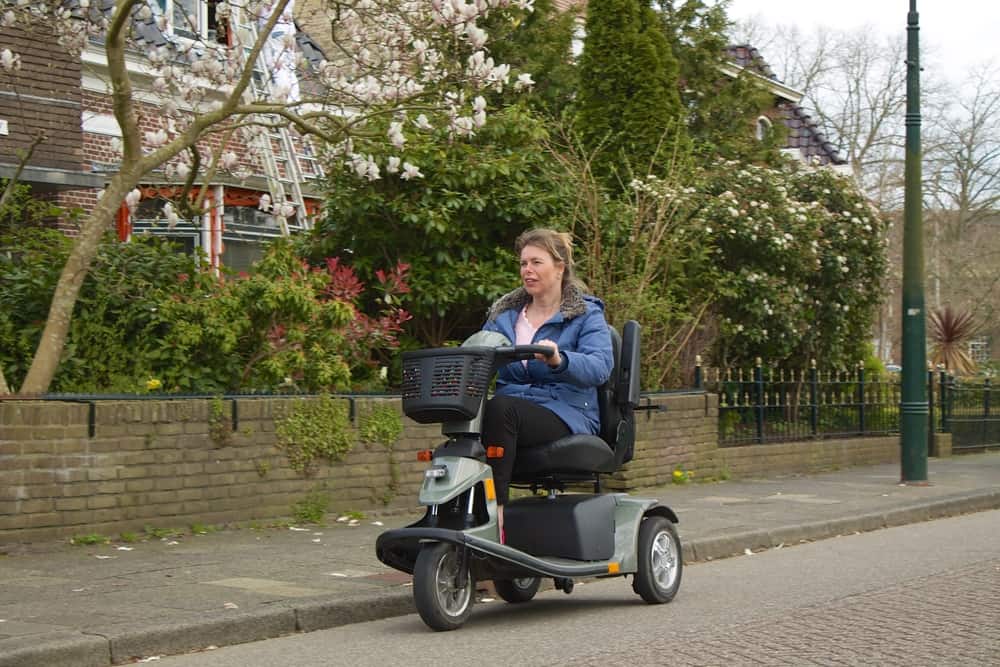Essential Tips for Long-lasting Battery Performance

Understanding Mobility Scooter Batteries
Mobility scooters have become indispensable companions for individuals with limited mobility. Whether it’s for a trip to the grocery store, a leisurely ride through the park, or just getting around town, these scooters provide newfound independence. However, to keep your mobility scooter running smoothly, it’s crucial to pay attention to its battery care and maintenance.
Mobility scooters typically use two types of batteries: sealed lead-acid (SLA) batteries and lithium-ion (Li-ion) batteries. SLA batteries are the most common, known for their reliability, whereas Li-ion batteries are lighter and have a longer lifespan. Regardless of the battery type, proper care and maintenance are key to ensuring your scooter remains dependable.
Reach Out To Us
Charging Your Mobility Scooter Battery
One of the fundamental aspects of battery care is charging. Always use the charger provided by the manufacturer, as it’s designed specifically for your scooter’s battery. Follow these charging guidelines:
- Regular Charging: Charge your mobility scooter’s battery regularly, even if you haven’t used it for a while. Leaving the battery completely discharged for an extended period can lead to irreversible damage.
- Avoid Overcharging: Overcharging can also harm your battery. Most modern chargers have built-in features to prevent overcharging, but it’s a good practice to unplug the charger once the battery is fully charged.
- Ideal Charging Time: Charge your scooter’s battery overnight or when you’re not using it. Avoid interrupting the charging cycle prematurely.
- Temperature Matters: Charge your battery in a cool, dry place, as extreme temperatures can affect its performance. Avoid charging in extreme heat or cold.
By adhering to these charging guidelines, you can extend the lifespan of your mobility scooter’s battery and ensure it remains reliable.
Regular Inspection and Maintenance
To prevent unexpected breakdowns and ensure your scooter’s battery remains in optimal condition, perform regular inspections and maintenance:
- Visual Inspection: Check the battery and its connections for any visible damage or corrosion. Consult your scooter’s user manual or a professional technician if you notice any issues.
- Tighten Connections: Ensure all the battery terminals and connections are securely tightened. Loose connections can lead to voltage drops and reduced performance.
- Keep it Clean: Clean the battery terminals and surrounding areas regularly to prevent corrosion buildup. A mixture of baking soda and water can be used to clean and neutralize any acid residue.
- Proper Storage: If you’re not using your scooter for an extended period, consider removing the battery and storing it in a cool, dry place. This can help prolong its lifespan.
By following these maintenance tips, you can avoid unexpected battery issues and keep your mobility scooter running smoothly.
Optimizing Battery Usage
Efficient use of your mobility scooter’s battery can make a significant difference in its overall lifespan. Here are some tips to optimize battery usage:
- Plan Your Routes: Try to plan your trips efficiently to minimize unnecessary strain on the battery. Avoid steep inclines and rough terrain whenever possible.
- Proper Tire Maintenance: Ensure your scooter’s tires are adequately inflated. Underinflated tires can increase rolling resistance, putting more strain on the battery.
- Mind the Weight: Be mindful of the weight your scooter carries. Overloading it with heavy bags or items can drain the battery faster.
- Maintain a Smooth Ride: Avoid sudden acceleration or abrupt stops, as these actions can use up more battery power.
By incorporating these usage tips into your daily routine, you can extend the range and longevity of your mobility scooter’s battery.
When to Replace Your Mobility Scooter Battery
Despite your best efforts in maintenance and care, batteries have a limited lifespan. Knowing when it’s time to replace your mobility scooter’s battery is crucial for your safety and the scooter’s performance. Look for the following signs that indicate it’s time for a replacement:
- Reduced Range: If you notice a significant decrease in your scooter’s range or mileage, it may be a sign that the battery is deteriorating.
- Longer Charging Times: If the battery takes considerably longer to charge than usual, it could be a sign of internal damage.
- Frequent Recharging: If you find yourself needing to recharge the battery more frequently than before, it may be reaching the end of its lifespan.
- Battery Leaks or Swelling: Physical damage to the battery, such as leaks or swelling, is a clear indicator that it needs to be replaced immediately.
When you notice any of these signs, consult with a mobility scooter technician or the manufacturer for guidance on selecting and replacing the battery.
Contact Beaumont Pharmacy for Expert Mobility Scooter Battery Assistance
Proper care and maintenance of your mobility scooter’s battery are essential for preserving its longevity and ensuring your continued independence. By following the guidelines provided in this article, you can enjoy trouble-free rides and get the most out of your scooter for years to come.
Remember that your mobility scooter’s battery is a critical component, and neglecting its care can result in inconvenience and unexpected expenses. Regular charging, inspections, and adhering to best practices for usage can help you make the most of your mobility scooter and maintain your freedom and mobility. If you ever have questions or concerns about your scooter’s battery, don’t hesitate to reach out to Beaumont Pharmacy or a qualified technician for assistance.
